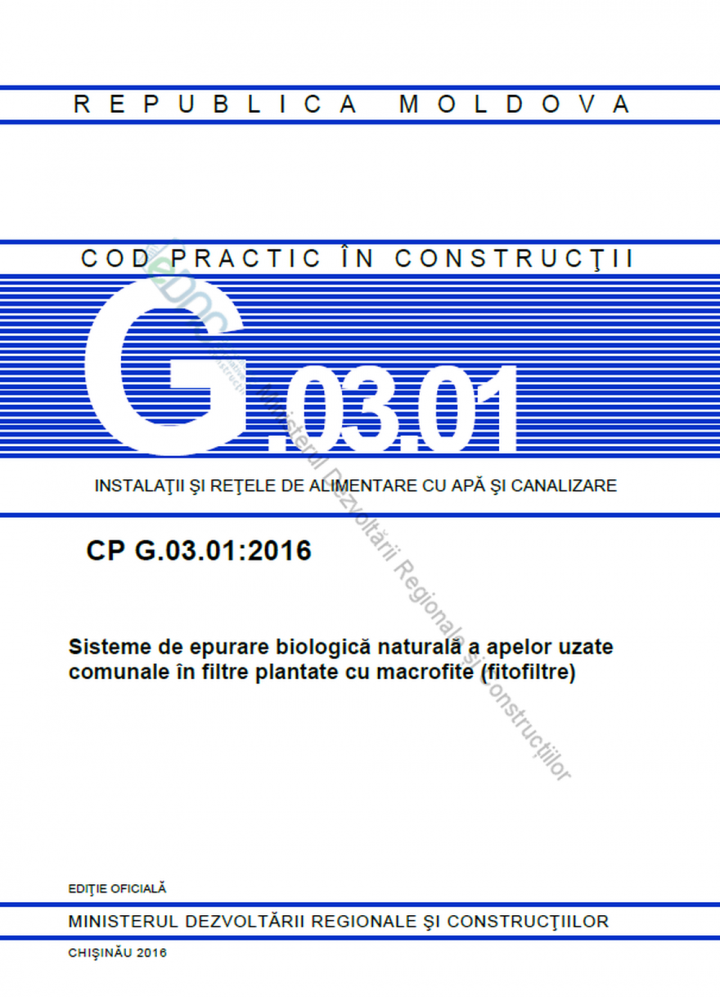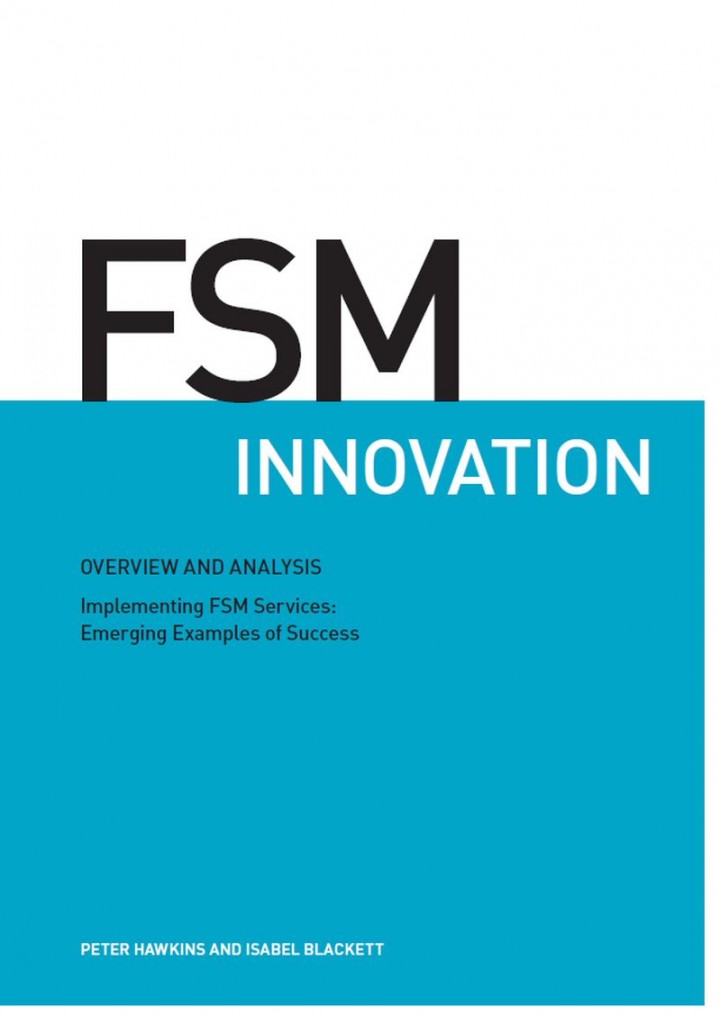Ministry of Regional Development and Construction, et.al (2016) Code of Practice on construction and operation of ecosan toilets and constructed wetlands Towards improved - sustainable - sanitation for rural women, men and children
National technical standards on ecosan toilets and constructed wetlands initiated by WECF for the Republic of Moldova.
Various authors (2017) Sanitation Marketing Resources
The following resources are hosted on sanitation-marketing.org and therefore not provided by SuSanA. We have gathered a list of SanMark resources for our Community of Practice to utilise. We would like this to be a shared library where we can assist one another with accessing information. If you would like to share a document, website or video we would all love to hear from you! Please […]
O’Reilly, K. et al. (2017) Understanding Gendered Sanitation Vulnerabilities: A Study in Uttar Pradesh Report
This report is the outcome of a study which aimed at understanding rural women and girls' age-specific experiences of using and accessing sanitation. The study focussed on the accessibility of latrines and the conditions of sanitation experienced across age, religion, caste, etc. The study objectives were informed by research indicating that women and girls have unique needs, and that these needs vary between urban and […]
Hranova, R. K. (2005) The Wastewater Reuse Practice in Botswana A Challenge for the Development of the Water Sector
The paper presents different aspects of the wastewater reuse practice in terms of formulation and choice of strategies and approaches, and the development and implementation of projects. Also, it presents international experience in the field, common drawbacks in Botswana and lessons to be learned. As an example, the results of a study of an existing institutional wastewater reuse plant (at BOTEC) are presented and critically […]
Blackett, I. and Hawkins, P. (2017) FSM Innovation Case Studies Case Studies on the Business, Policy and Technology of Faecal Sludge Management (second edition)
Worldwide, 2.7 billion people rely on onsite sanitation and more than 4.5 billion people do not have access to safely managed sanitation services. Yet, in many places there is still no management system in place to deal with the faecal sludge (e.g. septage and pit latrine sludge) from such systems. This results in the faecal waste often being dumped directly into the immediate residential surrounding […]
UKS, GIZ and UNICEF (2016) Kenapa Berdarah? “Why bleeding?”
A MHM comic in Bahasa Indonesia developed by UKS team and UNICEF, in collaboration with GIZ. This book aims to provide proper guidance for young women when they face periods, while at the same time providing education for young men to appreciate their female peers who are menstruating. This book was developed based on the results of a study on MHM in Indonesia conducted by […]
UNESCO (2017) WASTEWATER The Untapped Ressource
The 2017 edition of the United Nations World Water Development Report (WWDR) explores the issue of wastewater and its potential as a sustainable resource. However, the findings show how much work has to be done: “Worldwide, the vast majority of wastewater is neither collected nor treated. Furthermore, wastewater collection per se is not synonymous with wastewater treatment. In many cases, collected wastewater is merely […]
Shepard, J., Stevens, C., Mikhael, G. (2017) The world can’t wait for sewers Advancing container-based sanitation businesses as a viable answer to the global sanitation crisis
One in three people on earth — around 2.5 billion — lack decent sanitation. As the world’s population continues to urbanize at rapid pace, outstripping infrastructure and municipal capabilities, it’s a crisis that looms especially large over cities. With populations in informal settlements (“slums”) expected to double to two billion by 2030, these dense urban communities pose one of the biggest challenge to meeting […]
Luthra, B., et al. (2016) Pipe Dream - Cleaning Ganga Down to Earth Cover Story
Two flagship programmes of Prime Minister Narendra Modi are working at cross-purposes. By 2019, when Swachh Bharat Mission comes to an end, some 30 million septic tanks and pits would have been dug along the Ganga. These tanks and pits would produce 180 Million litres of faecal sludge every day, which will eventually find its way into the Ganga, defeating Namami Gange. It's time the […]
Various authors (2017) FSM4 Conference - Keynote Presentations Chennai, India
FSM4 was held in Chennai, Tamil Nadu, where the State Government has recently initiated measures to address FSM with regard to policy, regulatory changes, innovative solutions, and pilots. FSM4 focused on innovative and practical solutions that can be scaled up. Find below in chronological order the keynote presentations during the conference.
Various authors (2017) FSM4 Conference - Day 3, Track 2: Case Studies Chennai, India
FSM4 was held in Chennai, Tamil Nadu, where the State Government has recently initiated measures to address FSM with regard to policy, regulatory changes, innovative solutions, and pilots. FSM4 focused on innovative and practical solutions that can be scaled up, including three tracks: research, case studies, and industry & exhibition. Find below in chronological order the presentations held in Track 2: Case Studies on Wednesday 22 […]
Various authors (2017) FSM4 Conference - Day 3, Track 1: Research Chennai, India
FSM4 was held in Chennai, Tamil Nadu, where the State Government has recently initiated measures to address FSM with regard to policy, regulatory changes, innovative solutions, and pilots. FSM4 focused on innovative and practical solutions that can be scaled up, including three tracks: research, case studies, and industry & exhibition. Find below in chronological order the presentations held in Track 1: Research on Wednesday 22 February […]
Various authors (2017) FSM4 Conference - Day 3, Track 3: Industry Chennai, India
FSM4 was held in Chennai, Tamil Nadu, where the State Government has recently initiated measures to address FSM with regard to policy, regulatory changes, innovative solutions, and pilots. FSM4 focused on innovative and practical solutions that can be scaled up, including three tracks: research, case studies, and industry & exhibition. Below you find the presentations held in track 3: Industry on Wednesday 22 February 2017 in […]
Various authors (2017) FSM4 Conference - Day 1, Track 3: Industry Chennai, India
FSM4 was held in Chennai, Tamil Nadu, where the State Government has recently initiated measures to address FSM with regard to policy, regulatory changes, innovative solutions, and pilots. FSM4 focused on innovative and practical solutions that can be scaled up, including three tracks: research, case studies, and industry & exhibition. Below you find the presentations held in track 3: Industry on Monday 20 February 2017 in […]
Various authors (2017) FSM4 Conference - Day 1, Track 2: Case Studies Chennai, India
FSM4 was held in Chennai, Tamil Nadu, where the State Government has recently initiated measures to address FSM with regard to policy, regulatory changes, innovative solutions, and pilots. FSM4 focused on innovative and practical solutions that can be scaled up, including three tracks: research, case studies, and industry & exhibition. Below you find the presentations held in track 2: Case Studies on Monday 20 February 2017 […]
Various authors (2017) FSM4 Conference - Day 2, Track 3: Industry Chennai, India
FSM4 was held in Chennai, Tamil Nadu, where the State Government has recently initiated measures to address FSM with regard to policy, regulatory changes, innovative solutions, and pilots. FSM4 focused on innovative and practical solutions that can be scaled up, including three tracks: research, case studies, and industry & exhibition. Find below in chronological order the presentations held in Track 2: Industry on Tuesday 21 February […]
Various authors (2017) FSM4 Conference - Day 2, Track 2: Case Studies Chennai, India
FSM4 was held in Chennai, Tamil Nadu, where the State Government has recently initiated measures to address FSM with regard to policy, regulatory changes, innovative solutions, and pilots. FSM4 focused on innovative and practical solutions that can be scaled up, including three tracks: research, case studies, and industry & exhibition. Find below in chronological order the presentations held in Track 2: Case Studies on Tuesday 21 […]
Various authors (2017) FSM4 Conference - Day 2, Track 1: Research Chennai, India
FSM4 was held in Chennai, Tamil Nadu, where the State Government has recently initiated measures to address FSM with regard to policy, regulatory changes, innovative solutions, and pilots. FSM4 focused on innovative and practical solutions that can be scaled up, including three tracks: research, case studies, and industry & exhibition. Find below in chronological order the presentations held in Track 1: Research on Tuesday 21 February […]
Various authors (2017) FSM4 Conference - Day 1, Track 1: Research Chennai, India
FSM4 was held in Chennai, Tamil Nadu, where the State Government has recently initiated measures to address FSM with regard to policy, regulatory changes, innovative solutions, and pilots. FSM4 focused on innovative and practical solutions that can be scaled up, including three tracks: research, case studies, and industry & exhibition. Below you find the presentations held in track 1: Research on Monday 20 February 2017 in […]
Kidwai, N. L. (2016) Tying up with sanitation ecosystems
Comment by Naina Lal Kidwai to the imperative to reimagine the role of the corporate beyond funding and infrastructure creation to achieve a sustainable sanitation ecosystem.




















